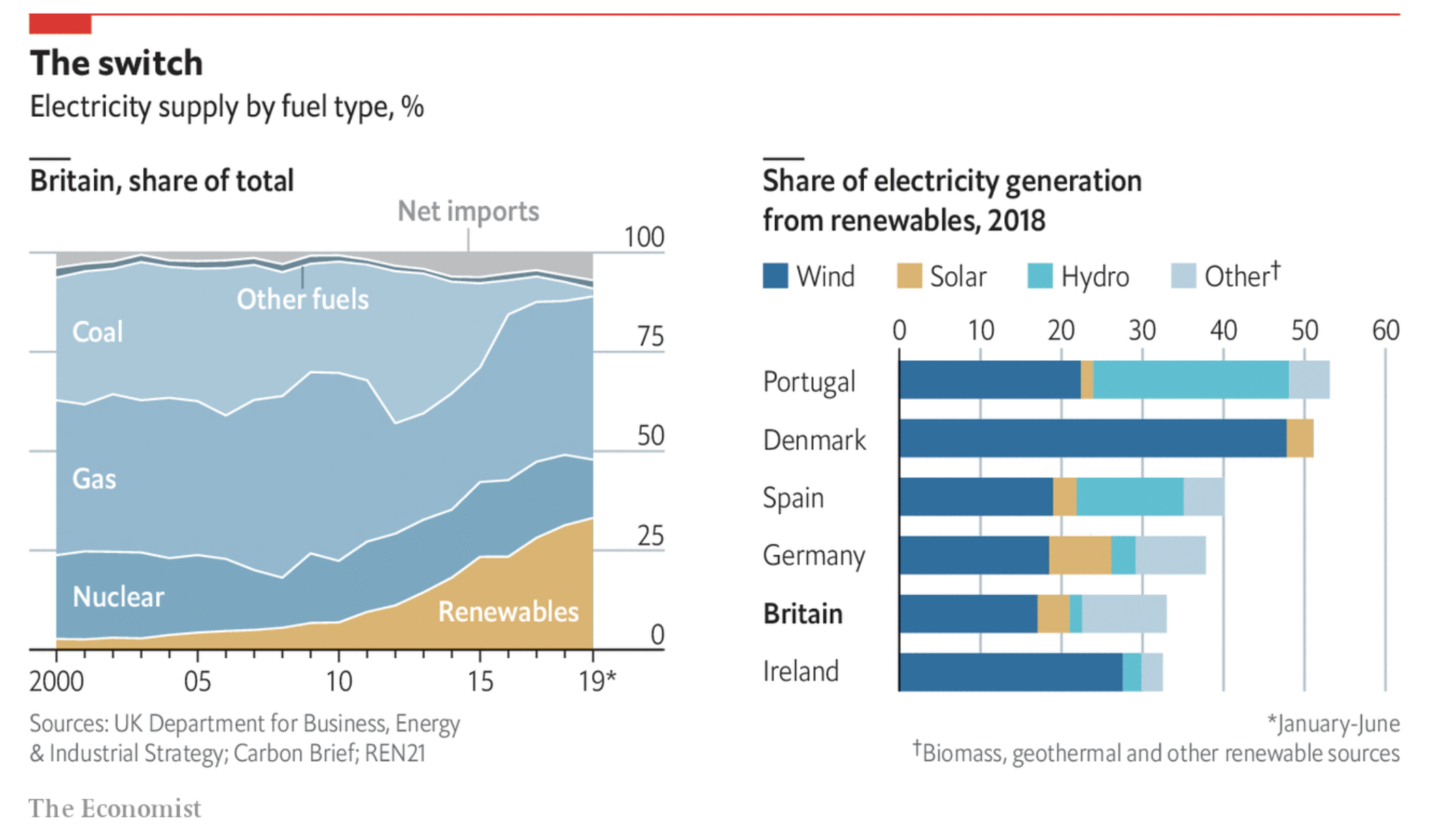INSUBCONTINENT EXCLUSIVE:
Carbon dioxide emissions, one of the main contributors to the climate changes bringing extreme weather, rising oceans, and more frequent
fires that have killed hundreds of Americans and cost the U.S
billions of dollars, are set to reach another record high in 2019.
That the word from theGlobal Carbon Project, an initiative of researchers
around the world led by Stanford University scientist Rob Jackson.
The new projections from the Global Carbon Project are set out in a trio
of papers published in &Earth System Science Data&, &Environmental Research Letters&, and &Nature Climate Change&.
That the bad news
The good news (if you want to take a glass half-full view) is that the rate of growth has slowed dramatically from the previous two years
However, researchers are warning that emissions could keep increasing for another decade unless nations around the globe take dramatic
action to change their approach to energy, transportation and industry, according to a statement from Jackson.
&When the good news is that
emissions growth is slower than last year, we need help,& said Jackson, a professor of Earth system science in Stanford&sSchool of Earth,
Energy - Environmental Sciences (Stanford Earth), in a statement
&When will emissions start to drop?&
Just in: Global carbon emissions hit a new all-time high in 2019, up 0.6% from last year.
This news
is shockingly important and heartbreakingly serious
Not only are we entirely failing to reduce emissions, we are making the climate emergency worse at an increasingly fast rate
pic.twitter.com/A2nasPT3lI
— Eric Holthaus (@EricHolthaus) December 4, 2019
Globally, carbon dioxide emissions from fossil fuel sources
(which are over 90 percent of all emissions) are expected to grow 0.6 percent over the 2018 emissions
In 2018 that figure was 2.1 percent above the 2017 figure, which was, itself, a 1.5 percent increase over 2016 emissions figures.
Even as
the use of coal is in drastic decline around the world, natural gas and oil use is climbing, according to researchers, and stubbornly high
per capita emissions in affluent countries mean that reductions won&t be enough to offset the emissions from developing countries as they
turn to natural gas and gasoline for their energy and transportation needs.
&Emissions cuts in wealthier nations must outpace increases in
poorer countries where access to energy is still needed,& said Pierre Friedlingstein, a mathematics professor at the University of Exeter
and lead author of the Global Carbon Budget paper inEarth System Science Data, in a statement.
Some countries are making progress
Both the UK and Denmark have managed to achieve economic growth while simultaneously reducing their carbon emissions
In the third quarter of the year, renewable power supplied more energy to homes and businesses in the United Kingdom than fossil fuels for
the first time in the nation history, according to a report cited by &The Economist&.
Costs of wind and solar power are declining so
dramatically that they are cost competitive with natural gas in many parts of the wealthy world and cheaper than coal, according to a study
earlier in the year from the International Monetary Fund.
Still, the U.S., the European Union and China account for more than half of all
Carbon dioxide emissions in the U.S
did decrease year-on-year — projected to decline by 1.7 percent — but it not enough to counteract the rising demand from countries like
China, where carbon dioxide emissions are expected to rise by 2.6 percent.
And the U.S
has yet to find a way to wean itself off of its addiction to cheap gasoline and big cars
It hasn&t helped that the country is throwing out emissions requirements for passenger vehicles that would have helped to reduce its
contribution to climate change even further
Even so, at current ownership rates, there a need to radically reinvent transportation given what U.S
car ownership rates mean for the world.
U.S
oil consumption per person is 16 times greater than in India and six times greater than in China, according to the reports
And the United States has roughly one car per-person while those numbers are roughly one for every 40 people in India and one for every 6 in
If ownership rates in either country were to rise to similar levels as the U.S
that would put 1 billion cars on the road in either country.
About 40 percent of global carbon dioxide emissions were attributable to coal
use, 34 percent from oil, 20 percent from natural gas, and the remaining 6 percent from cement production and other sources, according to a
Stanford University statement on the Global Carbon Project report.
&Declining coal use in the U.S
and Europe is reducing emissions, creating jobs and saving lives through cleaner air,& said Jackson, who is also a senior fellow at
theStanford Woods Institute for the Environmentand thePrecourt Institute for Energy, in a statement
&More consumers are demanding cheaper alternatives such as solar and wind power.&
There hope that a combination of policy, technology and
changing social habits can still work to reverse course
The adoption of new low-emission vehicles, the development of new energy storage technologies, continued advancements in energy efficiency,
and renewable power generation in a variety of new applications holds some promise
As does the social adoption of alternatives to emissions intensive animal farming and crop cultivation.
Reasons to be climate cheerful
(ish)
&We need every arrow in our climate quiver,& Jackson said, in a statement
&That means stricter fuel efficiency standards, stronger policy incentives for renewables, even dietary changes and carbon capture and

